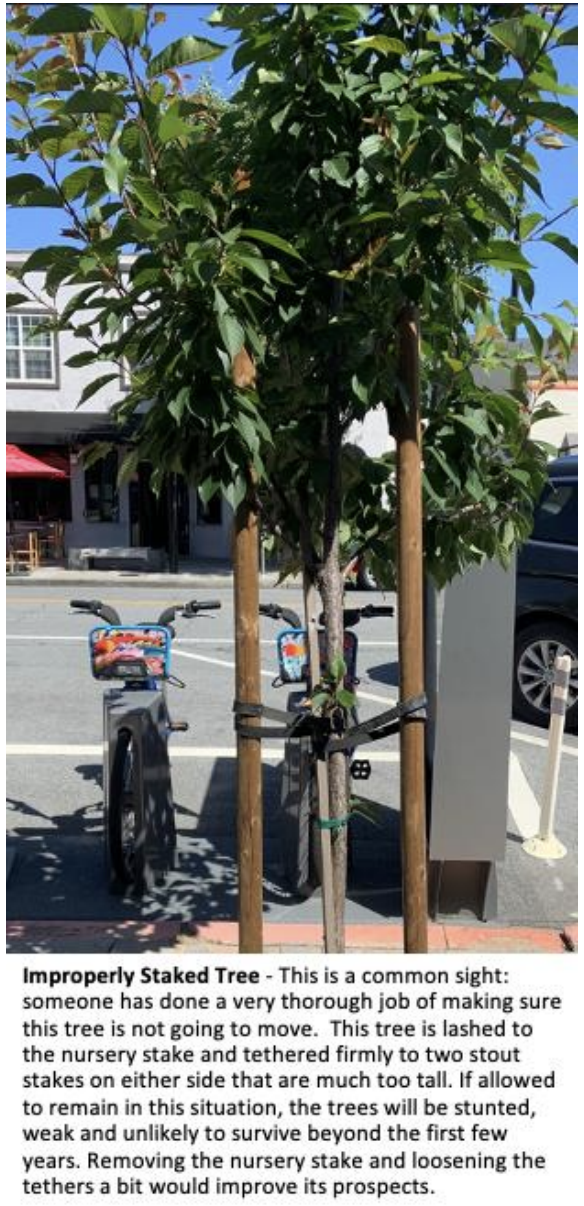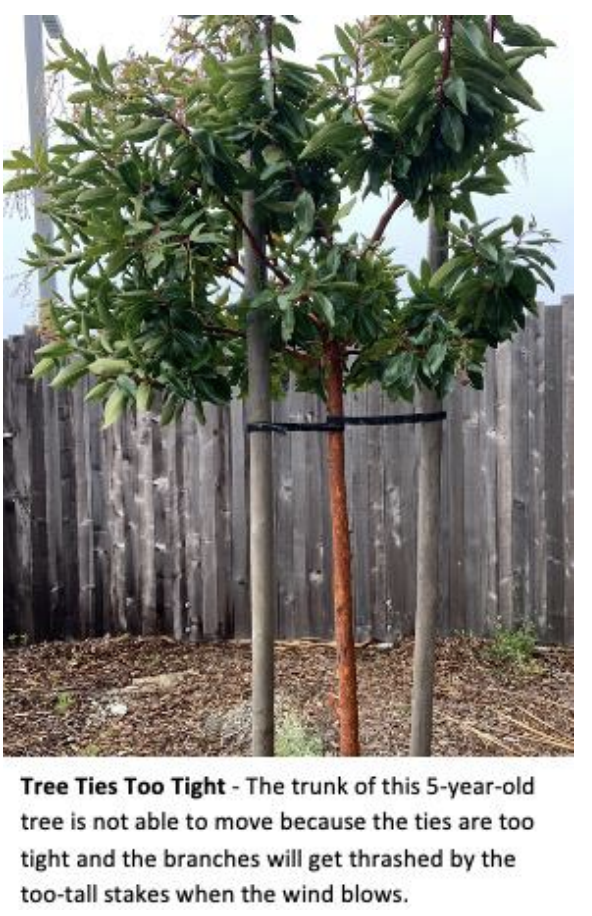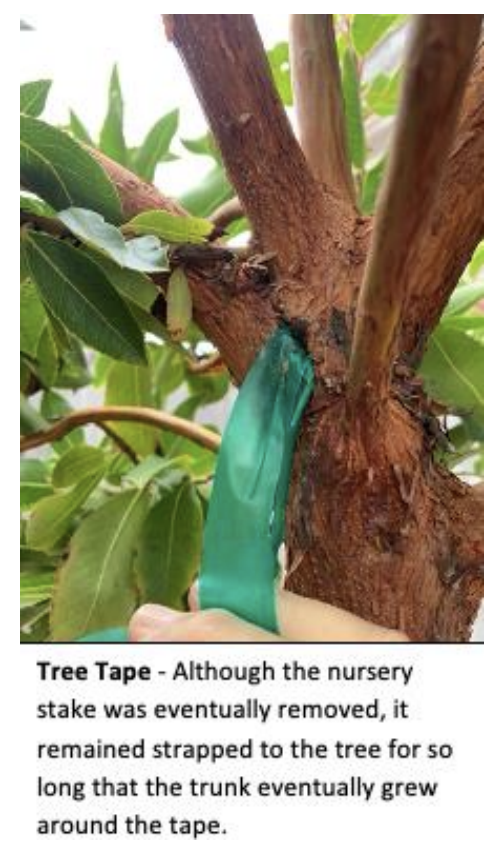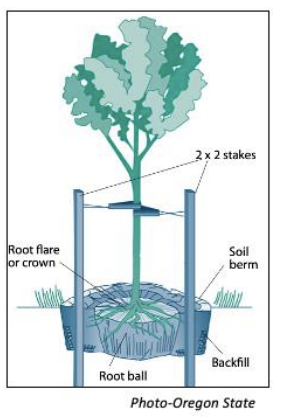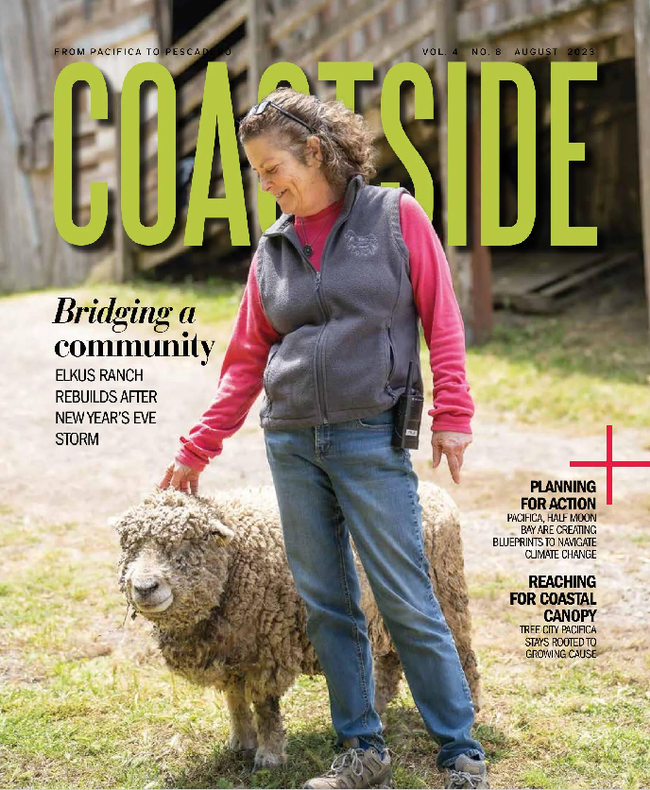“I think that I shall never see/ A poem as lovely as a tree,” wrote the poet, Joyce Kilmer. The mere sight of a strong, graceful tree inspires poetry, offers peace for the soul, and provides welcome sanctuary. And now, in the face of rapid environmental change due to global warming, trees are more important than ever. In fact, planting trees is something we can do to help mitigate the degradation caused by climate change.
Through the process of photosynthesis, trees take in carbon dioxide from the atmosphere, sequestering excess carbon in the soil and returning oxygen back into the air for all living beings to breathe. Unfortunately, one of the things commonly done in the planting of “urban” or landscape trees is also what often ruins them. What is it? Improper staking and here's why it's important to be done right and in some cases, not done at all.
Proper Staking
Not all young trees need support but, for those that do, staking must be done in such a way that the tree is allowed to move. This is because trunk girth and root systems grow as the tree experiences movement. As the tree moves, it signals the development of a strong central trunk that can support the canopy of the tree in an upright position and a root system that is capable of anchoring the tree into the ground.
How Stakes Damage Trees
The outer bark of young trees is very thin and easily damaged. Nutrients and water flow up and down the tree just beneath the bark. When nursery stakes are left strapped tightly around the trunk this flow becomes restricted, much like a tight rubber band around your wrist cuts off the flow of blood and lymphatic fluids to your hand. Stakes that extend beyond the trunk and into the canopy of the tree are abrasive and cause damage to the bark. This exposes the tree to disease pathogens and can break branches as they hit the stakes.
Becoming an Urban Tree Steward
You can play an essential role in the health and longevity of trees. If you think about how similar the needs of urban trees are to us humans (good food, clean water and air, sunshine, and exercise) it's easy to see them as friends. Urban trees live in a non-native human-impacted landscape their whole lives, they depend on us to provide healthy soil, sufficient water, judicious trimming, and the exercise they need to grow big and strong. If you have prepared the soil prior to planting, followed the planting guidelines referenced above, provided adequate water for the first 2-3 years, and, only if needed, staked the tree properly, consider yourself an excellent tree steward!
Here are some resources that will teach you how to select, plant, and care for a tree.
https://www.youtube.com/watch?v=Z_VJ5joXtHc
• UC Center for Urban Landscape and Horticulture Tree Planting--
https://ucanr.edu/sites/UrbanHort/files/80160.pdf
• Oregon State University Selecting, Planting, and Caring for New Trees--
https://catalog.extension.oregonstate.edu/sites/catalog/files/project/pdf/ec1438.pdf
• University of Minnesota Staking and Guying Trees--
https://trees.umn.edu/sites/trees.umn.edu/files/2021-04/Staking%20and%20Guying%20Trees%20in%20the%20Landscape.pdf
This article was written by SM-SF Master Gardener Barbara Williams-Sheng who is a tree steward living in El Granada and edited by SM/SF Master Gardeners Maggie Mah and Cynthia Nations. Photos by Barbara Williams-Sheng
UC Master Gardeners of San Mateo-San Francisco County are volunteers who are trained under the auspices of the University of California to provide science-based information on plants, horticulture, soil, and pest management at no charge to the public. For more information and to find out about classes and events in your area, visit our website where you can also sign up for our newsletter and contact our Helpline: http://smsf-mastergardeners.ucanr.edu/
Attached Images:
